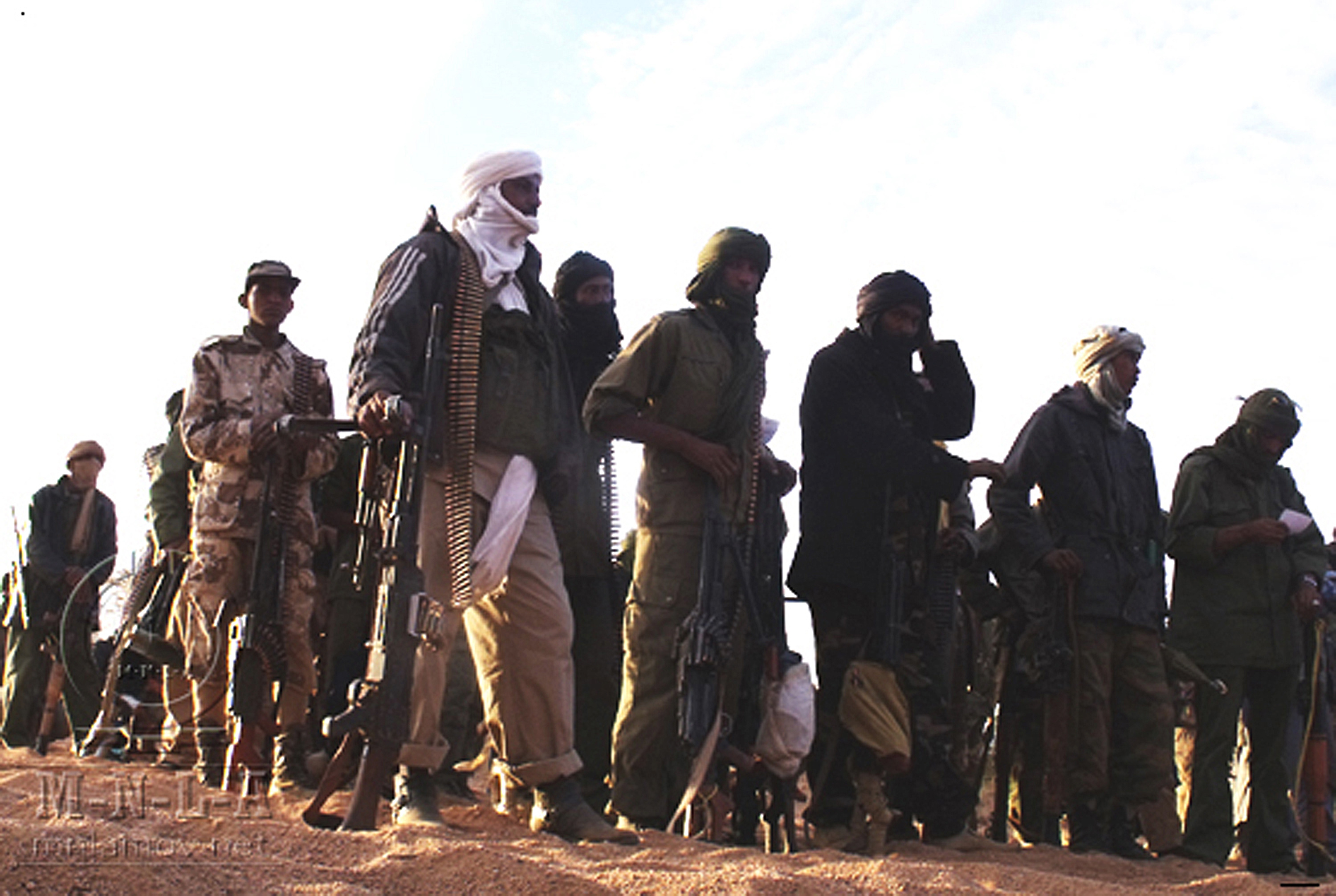Investigators say evidence found on the bodies of four gunmen killed in a siege at a hotel in the town of Sevare in Mali on Saturday suggests that a jihadist group, the Macina Liberation Front was behind the attack.
The gunmen stormed the hotel on Friday. The Malian army – along with foreign Special Forces – brought the siege to an end on Saturday. Four UN contractors, four Malian soldiers and a Malian driver were killed. DW spoke to Paul Melly associate fellow, Africa programme at Chatham House in London.
DW: Is Mali become more violent and if so is that violence moving south?
Paul Melly: The violence is dispersing really in the aftermath of the French and African military intervention that ended the jihadist control of northern Mali back in 2013. Where armed groups tried to mount terror attacks they mostly targeted these international forces, or Malian government forces in the north of the country that is in the Sahara or in the areas on the fringe of it. But what happened recently over the last few months, is that Jihadist groups have mounted a series of attacks scattered more or less nationwide. So just a few weeks ago there was an attack on a settlement near the border with Ivory Coast there’s been an attack near the border with Mauritania, now Sevare which is near Mopti. So these attacks have been mounted all over the place and it’s hard to say whether they are all coordinated.
What can you can tell us about the Macina Liberation Front?
It is led by a preacher from the Mopti area and it is said that it is allied to the al-Ansar Dine one of the three main jihadists groups involved in the 2012 takeover of northern Mali. And what distinguished Ansar Dine from the others, was that its membership was mainly Malian Tuaregs, while other groups like MUJAO and particularly AQIM (al- Qaeda in Islamic Magreb) had a lot of foreign fighters. So in that sense this seems to be linked to a local strand of Jihad rather than from Algeria or further afield.
Four of the dead were UN contractors. Can we assume MINUSMA, the UN mission in Mali, was their interest?
It’s possible. From what we understand these employees were actually working for a subcontractor of MINUSMA and the contractor had taken over the Byblos Hotel which had been operating as a hotel for several years before the crisis, and turned it into accommodation for its personnel who were based in Sevare. Sevare has a very important military base. So it’s not at all surprising that contractors working with the UN were there.
The Malian army were – by their own accounts – involved in ending the siege. What does it tell us about their military preparedness?
It seems that the forces that actually intervened to tackle the siege in the hotel in Sevare were not part of the mainstream army. They were an elite unit of gendarmerie who had been specifically trained in tackling terrorism and siege situations. So it is encouraging for Mali that the country does now have such an elite unit. So it is quite an important boost but it doesn’t necessarily mean that all the wider Malian army is yet trained to an elite level. The process of re-training the mainstream army is inevitably a gradual one and is going to take quite a long time
Paul Melly is an Associate Fellow, with the Africa programme at Chatham House in London.
Interview: Mark Caldwell




